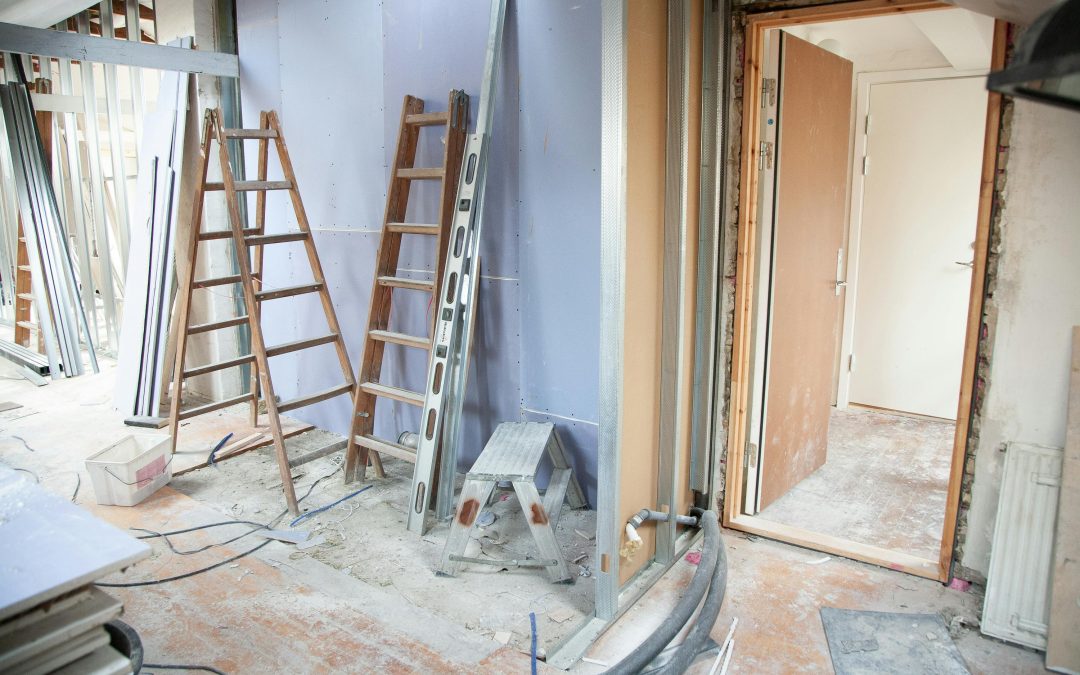Spray foam insulation is an advanced material that serves as a barrier against moisture infiltration, helping to prevent mold growth. Its unique properties make it a valuable solution for homeowners looking to enhance energy efficiency and create a healthier indoor environment. By providing an airtight seal, spray foam insulation plays a critical role in minimizing the risk of moisture accumulation and mold development in areas where humidity is a concern. We will explore how this type of insulation austin works and its benefits in protecting homes from the hazards associated with moisture and mold.
The Role of Spray Foam Insulation in Preventing Moisture Infiltration
Moisture can easily find its way into a home through small gaps and cracks in walls, attics, basements, and crawl spaces. Traditional insulation materials, such as fiberglass, may only sometimes provide the seal to block this moisture effectively. Spray foam insulation, however, expands upon application, creating a solid, airtight barrier that significantly reduces the likelihood of moisture entering the home. Its ability to conform to irregular shapes and tight spaces ensures that even the smallest cracks and gaps are sealed, preventing moisture from infiltrating.
The closed-cell structure of spray foam is particularly effective at repelling water, making it ideal for areas prone to high humidity or flooding. The closed-cell foam acts as a vapor barrier, resisting the movement of water vapor through the walls. This quality is essential for protecting a home from moisture damage, which can lead to structural issues and expensive repairs. Additionally, spray foam’s air-sealing properties help maintain consistent indoor humidity levels, reducing the chances of condensation forming on walls and other surfaces. Controlling moisture, spray foam insulation helps preserve the integrity of building materials, reducing the risk of rot and decay.
In many climates, moisture control is essential for maintaining a home’s longevity. Without adequate moisture protection, homes are vulnerable to damage, which can weaken the structure over time. Spray foam insulation provides a long-term solution, ensuring that the home remains dry and comfortable regardless of external weather conditions. Whether it is rain, snow, or high humidity, the insulation is a barrier that safeguards against moisture buildup.
How Spray Foam Insulation Reduces Mold Growth?
Mold thrives in environments where moisture and humidity levels are consistently high. Once mold begins to grow, it can spread rapidly, posing health risks to occupants and damaging a building’s structure. The key to preventing mold growth is eliminating the conditions that allow it to flourish. Spray foam insulation is highly effective at keeping moisture out, significantly reducing the risk of mold developing in hidden areas like behind walls or under floors.
By sealing off all potential moisture entry points, spray foam insulation creates an environment hostile to mold growth. Its vapor barrier properties are especially important, as they prevent water vapor from traveling through walls, floors, or ceilings. This means that areas insulated with spray foam are far less likely to experience dampness that encourages mold to grow. In addition to providing an airtight seal, spray foam has anti-fungal properties, reducing the possibility of mold forming on or within the insulation itself.
Another critical factor in reducing mold growth is improving indoor air quality by minimizing drafts and controlling humidity levels. Traditional insulation methods can leave gaps that allow drafts and moisture-laden air to penetrate a home. Spray foam insulation eliminates these drafts, helping to keep indoor air dry and free from the excess moisture that promotes mold. By maintaining a more stable environment inside the home, spray foam also helps reduce the need for dehumidifiers or additional HVAC adjustments, which can be costly and inefficient over time.
Mold prevention is particularly important in basements, crawl spaces, and attics, where moisture can accumulate without being noticed. These areas are often the first places mold takes hold, leading to widespread damage if left unchecked. Spray foam insulation provides a proactive solution by addressing moisture issues at the source, ensuring that mold does not have the opportunity to develop in the first place.
Energy Efficiency and Moisture Control: A Dual Benefit of Spray Foam Insulation
One of the additional benefits of spray foam insulation is its ability to improve energy efficiency while also controlling moisture. Homes with insufficient insulation often struggle with temperature fluctuations, leading to increased energy consumption as heating and cooling systems work harder to maintain a comfortable environment. Spray foam insulation creates an airtight seal that blocks moisture and prevents air leakage, which helps regulate indoor temperatures more efficiently.
When a home is properly insulated with spray foam, the HVAC system can operate more effectively, resulting in lower energy bills and a reduced environmental footprint. The insulation’s moisture control properties contribute to this efficiency by keeping humidity levels in check. High humidity can make a home feel warmer in the summer and colder in the winter, prompting more frequent heating and cooling systems use. Spray foam insulation mitigates these issues by maintaining a stable indoor climate less affected by external conditions.
Spray foam insulation offers an effective solution for protecting homes from the damaging effects of moisture and mold. Creating an airtight seal prevents water vapor from entering the home and reduces the risk of mold growth, particularly in areas prone to dampness. Its energy efficiency benefits and ability to control moisture make spray foam an attractive option for homeowners seeking to improve comfort and durability. With its long-lasting performance, spray foam insulation protects from moisture damage, ensuring healthier and safer living spaces for years.

Recent Comments